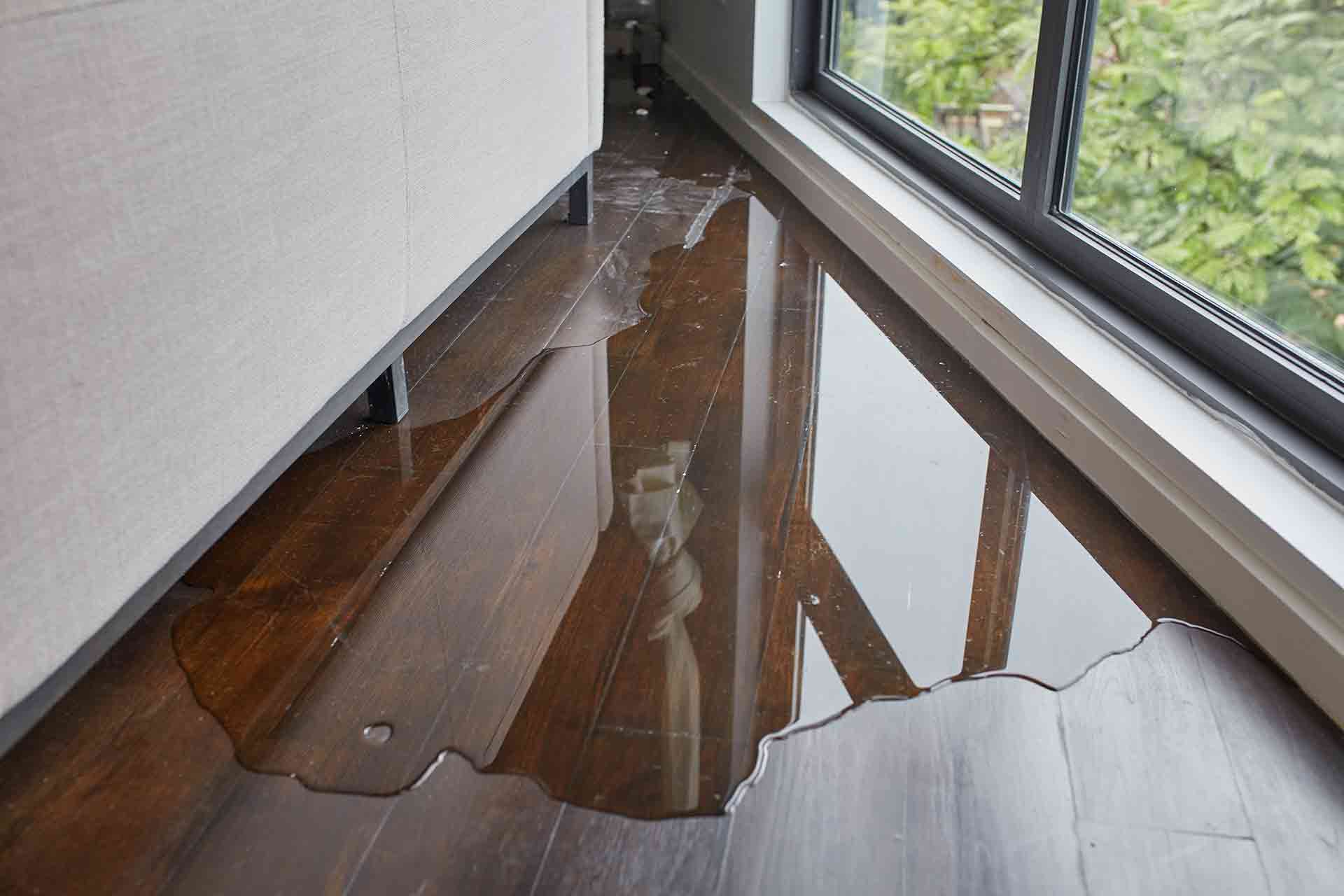Exactly how to Repair And Protect Against Bathroom Water Damage
Exactly how to Repair And Protect Against Bathroom Water Damage
Blog Article
How do you feel when it comes to Common Causes of Water Damage in a Bathroom?

The washroom is incredibly prone for wet accumulation and prospective water damage as a result of the frequent use of water in it. This short article provides basic examination strategies to aid detecting water damage hazards.
The frequent use of water in the restroom makes it incredibly prone for damp build-up and also possible water damage. By examining it frequently, you can minimize water associated problems.
The complying with set of assessments is easy to perform and also must be done when in every 3 months in order to keep your restroom in good shape as well as to prevent potential water damages caused by the bath tub, the shower, pipeline joints and also plumbing, sinks, closets, and also the bathroom
Do not disregard carrying out these evaluations and be thorough while executing them. Remember that these straightforward inspections can conserve you a great deal of cash by supplying very early signs for water damage
Tub as well as Shower
The shower as well as tub need special attention and upkeep. Examine the floor tiles and also change if broken. Ensure that there is no missing cement in between the ceramic tiles. Check as well as replace cracked caulking at joints where the wall surfaces fulfill the flooring or the bathtub. Obstructed drains pipes and pipelines issues will protect against the bath tub from drying and might indicate significant issues below the bath tub. Talk to a professional immediately to stop structural damages. Focus on discolorations or soft locations around the bathtub wall surfaces as they may show an interior leak.
Plumbing
Signs for water damage are difficult to spot given that many pipelines are set up inside the wall surfaces.
Pay special focus to flooring and also walls dampness and also spots as they might suggest an invisible plumbing issue. Check wetness degrees in adjoining areas also.
Sinks and also Cabinets
Sinks and closets are exposed to wetness and moisture day-to-day as well as are usually overlooked. Check regularly under the sink as well as on the kitchen counter above it. Fix any kind of drip in the trap as it might suggest drain troubles. Look around the sink, sluggish draining pipelines may suggest an obstructed drain. Replace sink seals if they are fractured or loose.
The Bathroom
The commode is a vulnerable water junction. Examine the water lines and search for leakages around the commode seat, in the hose pipe, as well as under the water container. If you spot any type of indicators of moisture on the floor around the bathroom, look for leaks in the toilet rim as well as container seals.
Be aware that hanging bathroom dish antiperspirants increases the chances for blockages.
10 TIPS TO PREVENT WATER DAMAGE IN THE BATHROOM
The average household uses approximately 80-100 gallons of water per person per day. For a family of 4, that's almost 2,500 gallons of water a week! The largest portion of this consumption comes from bathroom use. Flushing the toilet uses the most water, followed by taking a shower or bath. With that much water running through the home, water damage in the bathroom is bound to happen. Knowing how to spot signs of a water leak is essential to preventing long-term damage. This guide provides you with tips to reduce the impact of water damage on your bathroom.
CAUSES OF BATHROOM WATER DAMAGE
Pipe breaks are the most common cause of water damage we see in our daily jobs. The age of a pipe plays a large role in a pipe break as well as corrosion. Over time, the metal begins to break down, allowing water to escape. Frozen pipe breaks are also a concern in the winter months. Toilet overflows caused by paper products or children flushing inappropriate items. Degraded caulking around the toilet or bathtub can allow water seepage, sometimes behind the fixture, into the subfloor or walls. Condensation forms when the water in a pipe is cooler than the air temperature. Beads of water form on the exterior of the pipes, sometimes so much so that the water begins to drip and pool below. Sink or shower backups created by poor drainage. HOW TO PREVENT WATER DAMAGE IN YOUR BATHROOM
Inspect your toilet supply line for worn or frayed hoses and replace them as needed. Winterize your plumbing to prevent a frozen pipe break. Use vent fans to prevent condensation that can lead to mold growth. Routinely check and replace degraded caulking around your toilet or bathtub. Increase the temperature in your toilet tank and insulate your pipes during the warm summer months to keep condensation from forming. Use child safety locks on the toilets. Flush only toilet paper. "Flushable" wet wipes are actually not good for your plumbing system. Additionally, feminine hygiene products should not be flushed. Prevent water from escaping the tub or shower. Make sure shower curtains are in good condition. Inspect shower doors and replace the seal strip if necessary. Wipe up any water that accumulates on the floor and use bath mats. Water left to sit can cause damage to the tiles and flooring. Refrain from using bath products containing heavy oils to avoid a clogged drain.

I was brought to that report about How to Prevent Bathroom Water Damage through an acquaintance on a different blog. Those who enjoyed our blog posting plz be sure to share it. I love reading our article about Looking for Signs of Water Damage in the Bathroom.
Make An Appointment Report this page